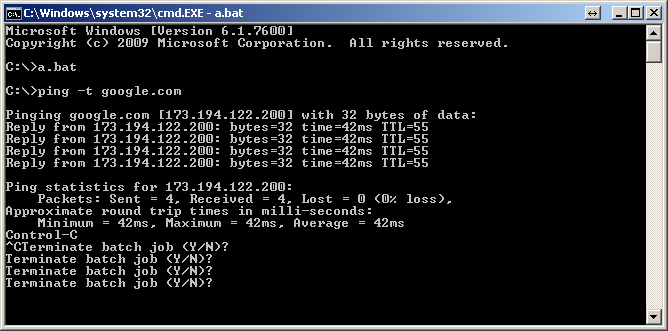



So basically ls ?* will only display files/folders that have filenames 2 or more characters long.Īlphabet and numbers – typing in any letters or numbers means that files/folders must have those exact letters/numbers. Ls * will display all folders and all files within those folders. Skip ahead if you already know about wildcard characters.
SEARCH FOR TEXT IN FILES MAC COMMAND LINE HOW TO
So we’ll go on to learn about wildcard characters (to be completely honest, I am a noob to this whole wildcard thing I am stilling learning also), and then about how to use wildcard characters in the Mac OS X command line. Now the actual reason I wrote up this post was to show you how to display only certain files with similar names. More textFileName – opens up a text file for viewing inside the command line/shell. to go up a directory and cd FOLDERNAME to go to a folder in the current directory. This lists all your files and folders in the current directory.Ĭd – changes directories (directories = folders). Open up terminal (or something similar like X11’s xterm) and type in ls then enter. Their filenames are ssw_idl.a285, ssw_idl.r391, ssw_idl.z988, ssw_idl.c293, and the other 4 files are named similarly (“ssw_idl.” followed by a letter, then 3 numbers). But somewhere within that junk pile of files there lay 8 files I would like. My home directory is cluttered with junk files that I never take the time to organize. First off, wildcard characters are special characters such as * and ? that help you to find groups of filenames that have something in common.įor example, say I have a couple of files that I want to find in my home directory. This tip/post is going to be about several common Mac OS X commands and wildcard characters I have discovered, at work, that is useful to understand and know how to use. EDIT: This post have been getting very many views lately so ‘fess up in the comments if you want a part 2 with more advanced and new ways to use Mac OS X commands and wildcard characters.


 0 kommentar(er)
0 kommentar(er)
